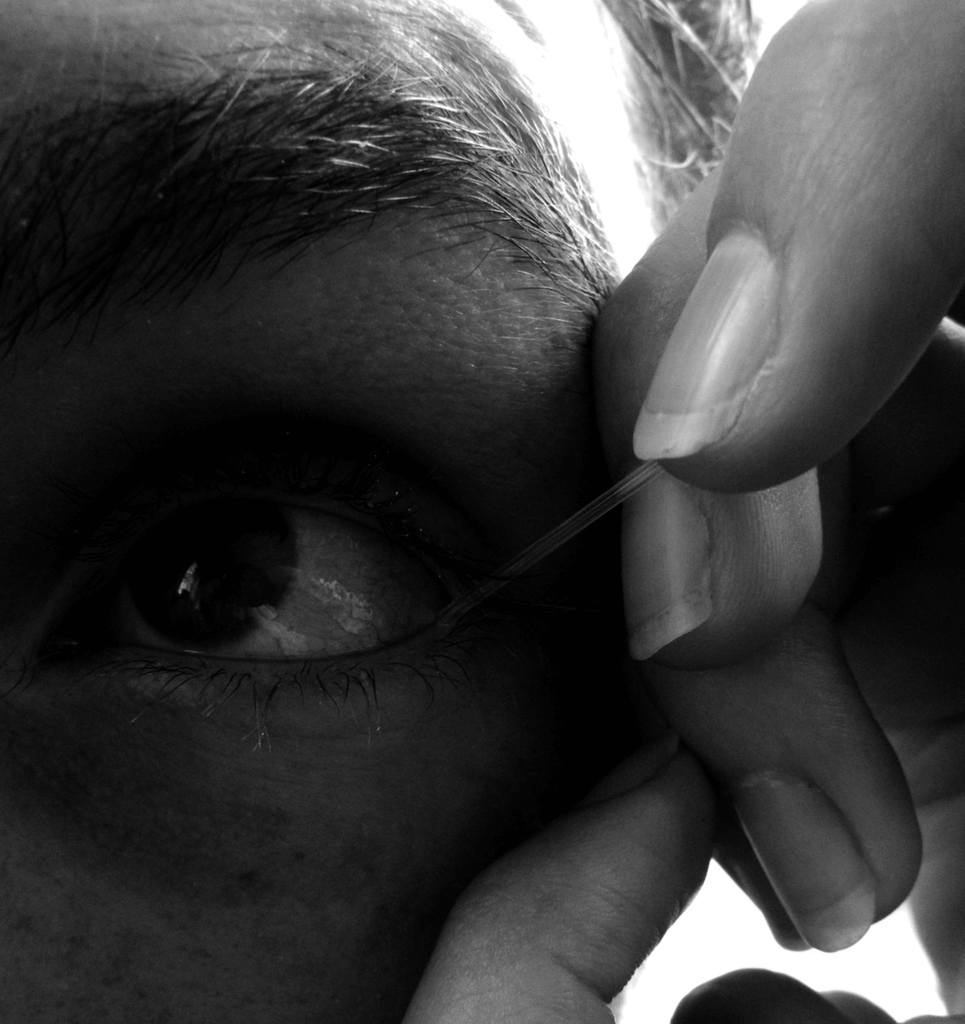Tear Fluid SIgA, Noninvasive Biomarker of Mucosal Immunity?

Tear Fluid SIgA as a Noninvasive Biomarker of Mucosal Immunity and Common Cold Risk.
Hanstock HG1, Walsh NP, Edwards JP, Fortes MB, Cosby SL, Nugent A, Curran T, Coyle PV, Ward MD, Yong XH.
Author information
ABSTRACT
PURPOSE:
Research has not convincingly demonstrated the utility of saliva secretory immunoglobulin-A (SIgA) as a biomarker of upper respiratory tract infection (URTI) risk, and disagreement exists about the influence of heavy exercise (“open-window theory”) and dehydration on saliva SIgA. Prompted by the search for viable alternatives, we compared the utility of tear and saliva SIgA to predict URTI prospectively (study 1) and assessed the influence of exercise (study 2) and dehydration (study 3) using a repeated-measures crossover design.
METHODS:
In study 1, 40 subjects were recruited during the common-cold season. Subjects provided tear and saliva samples weekly and recorded upper respiratory symptoms (URS) daily for 3 wk. Real-time PCR confirmed common-cold pathogens in 9 of 11 subjects reporting URS (82%). Predictive utility of tear and saliva SIgA was explored by comparing healthy samples with those collected during the week before URS. In study 2, 13 subjects performed a 2-h run at 65% V˙O2peak. In study 3, 13 subjects performed exercise heat stress to 3% body mass loss followed by overnight fluid restriction.
RESULTS:
Tear SIgA concentration and secretion rate were 48% and 51% lower, respectively, during URTI and 34% and 46% lower the week before URS (P < 0.05), but saliva SIgA remained unchanged. The risk of URS the following week increased ninefold (95% confidence interval, 1.7-48) when the tear SIgA secretion rate was <5.5 μg•min(-1) and sixfold (95% confidence interval, 1.2-29) when the tear SIgA secretion rate decreased >30%. Tear SIgA secretion rate >5.5 μg•min(-1) or no decrease of >30% predicted subjects free of URS in >80% of cases. Tear SIgA concentration decreased after exercise (-57%, P < 0.05) in line with the “open-window theory” but was unaffected by dehydration. Saliva flow rate decreased and saliva SIgA concentration increased after exercise and during dehydration (P < 0.05).
CONCLUSIONS:
Tear SIgA has utility as a noninvasive biomarker of mucosal immunity and common-cold risk.
Dr Helen Hanstock carried out this research as part of her PhD in Exercise Immunology 2012 to 2015 under Prof Neil Walsh, Bangor University UK and now holds the position of Senior Lecturer, Department of Health Sciences, The Swedish Winter Sports Research Centre, Ostersund, Sweden, to contact Helen please use this LINK
To obtain more information the Salimetrics SIgA ELISA Kit use this LINK
Got questions? contact us via e mail: info@stratechscientific.com.au or call: +61 (0)2 9997 7728
